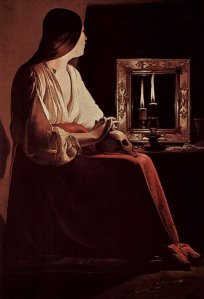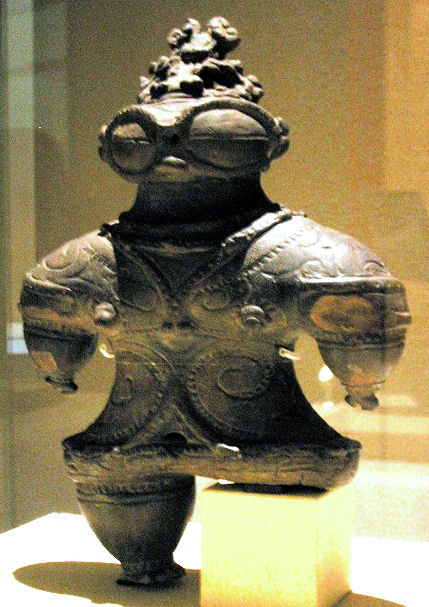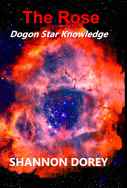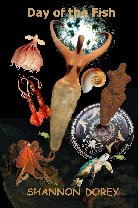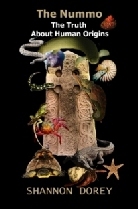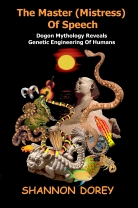Day of the Fish by Shannon Dorey
| The Dogon and Shannon Dorey are on Facebook. |
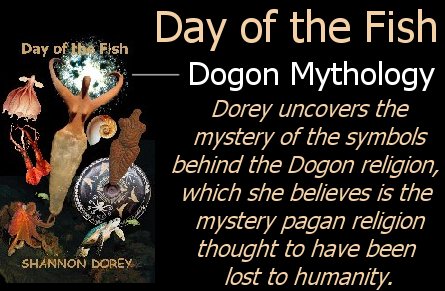 |
In Day of the Fish Dorey reveals that the amphibious Nummo were the Goddesses known to the people of the Neolithic and Paleolithic ages. The Nummo and Nummo Ancestors were described as being serpent and fishlike, and were amphibians like frogs. Images of frogs, toads, fish, and salamanders appear in many of the goddess artefacts of Old Europe. The goddess Artemis was worshiped as a toad in Egypt, Italy, and Lithuania.
According to the archeologist Marija Gimbutas, Sheela Na gig, (shown in the top left banner) which is a figure found incorporated into old churches in medieval Ireland and England, was none other than the ancient frog or toad goddess, the birth giver and regeneratrix inherited from the Neolithic. This particular image is a 12th-century AD Sheela Na gig from St. Mary's and St. David's Church, Kilpeck, Herefordshire, England.
Gimbutas discusses the significance of the frog and toad image to Goddess mythology:
The frog and toad image, along with the frog-shaped woman displaying her vulva, appears across a wide time span, not only during the European and Anatolian Neolithic but in the Near East, China, and the Americas. Several closely related frog deity images in Egypt and the Near East help explain the function of this goddess. Egyptians revered the frog as Heket, primordial mother of all existence. In the early predynastic period (around 3100 BCE), she was portrayed as a woman with a frog head, or as a frog or toad impersonating the goddess. "Frog" was her hieroglyphic sign. Heket controlled fecundity and regeneration after death.Marija Gimbutas, The Living Goddess p.28
Dorey has found similarities between the Dogon religion and what was known as the religion of the Jomon people of Japan, who were Mesolithic-Neolithic hunters and gatherers from about 14,000 to 300 BCE. The Shakoki-dogu (1000-400 BCE) from the Tokyo National Musum is shown at left with its frog eyes.
Dorey's research reveals that our current theories about history are based on propaganda perpetrated by the Inquisition and the Roman Catholic Church beginning in the early Middle Ages. Her research reveals that this religion was practised in Europe prior to the Inquisition and was celebrated in the South of France prior to the Albigensien Crusade, which destroyed the home of the Cathars. Those who survived the genocide practised this religion in secret. This image of Mary Magdalene (top left) by George de La Tour shows her with a red skirt in the shape of a fishtail. Red was a colour associated with the Nummo and the divine feminine in the Dogon religion. According to the Dogon, the amphibious alien beings known as Nummo were the ancestors of humanity.
Dorey believes that the Dogon religion provides us with the real history of our past and that falsehoods about history do not prepare people for the future. According to the Dogon, the Nummo were to one day return to Earth. The day of the Nummos' return was known to the Dogon as the "Day of the Fish."
Read more about the Nummo and the goddess religion in Day of the Fish.
